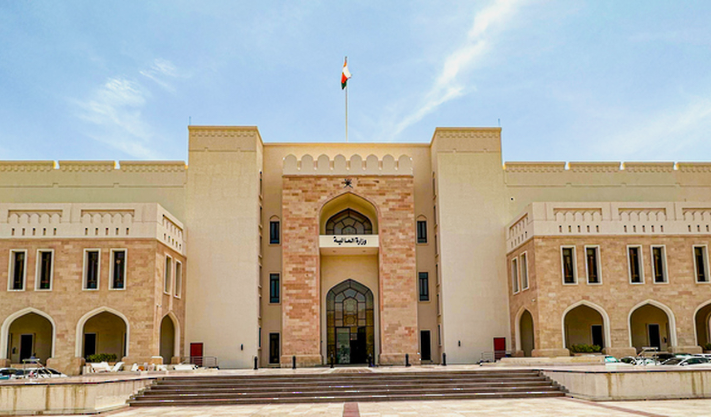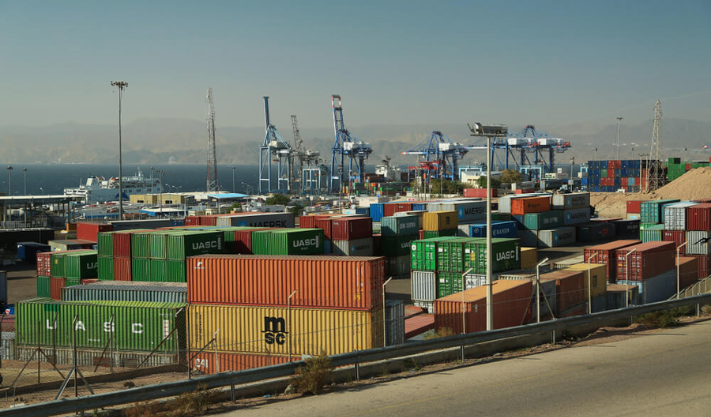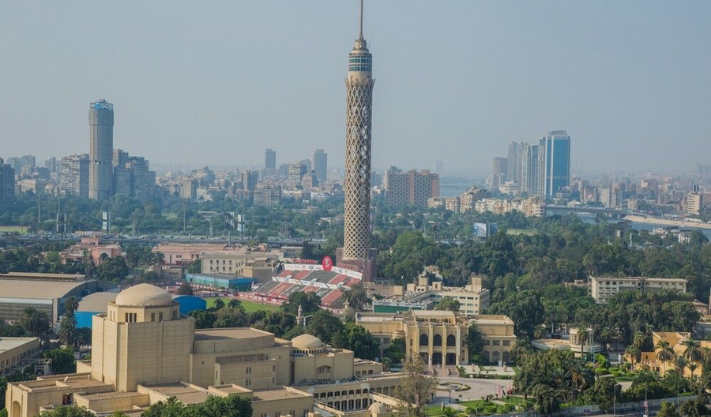Saudi Arabia’s Budget Deficit Drops to $9.2 Billion in Q2 Thanks to Higher Oil Revenues
Saudi Arabia’s budget deficit fell to $9.2 billion in the second quarter of the year, a 41.1% drop compared to the first quarter. This was mainly due to an increase in both oil and non-oil revenues, according to the Ministry of Finance.
Oil and Revenue Growth
Between April and June, oil revenues rose slightly by 1.28% to $40.4 billion. Overall government income grew by 14.4% to $80.4 billion, with non-oil sources contributing $39.9 billion.
Spending and Debt
Government spending also went up by 4.28% from the previous quarter, reaching $89.6 billion.
At the end of the second quarter, Saudi Arabia’s public debt stood at $367.8 billion.
Earlier Deficit in Q1
In the first quarter, the country’s budget deficit was much higher at $15.7 billion. This was largely because oil revenues had dropped by 18% compared to the same time last year.
Oil Export Update
In May, Saudi Arabia’s oil exports hit their highest level in three months, reaching 6.191 million barrels per day. This was slightly more than in April.
OPEC+ (which includes Saudi Arabia and Russia) started slowly increasing oil output in April after earlier cuts, even though oil prices remained low.
Future Economic Outlook
The International Monetary Fund (IMF) expects Saudi Arabia’s economy to grow by 3.5% in 2025 and 3.9% in 2026. Growth was slower in 2024 (1.8%) due to oil production cuts.
The non-oil part of the economy is expected to grow 3.4% in 2025, slightly lower than 2024’s 4.2%.
By 2027, non-oil growth may reach 4% due to big international events, but it could slow to 3.5% by 2030.
Published: 2nd August 2025
For more article like this please follow our social media Twitter, Linkedin & Instagram
Also Read:
TECOM Group’s H1 2025 Profit Up 22% on Revenue Growth
Mashreq Bank H1 Profit Falls to $952.9M on New UAE Tax
Borouge’s Q2 Profit Drops 37% to $193 Million





